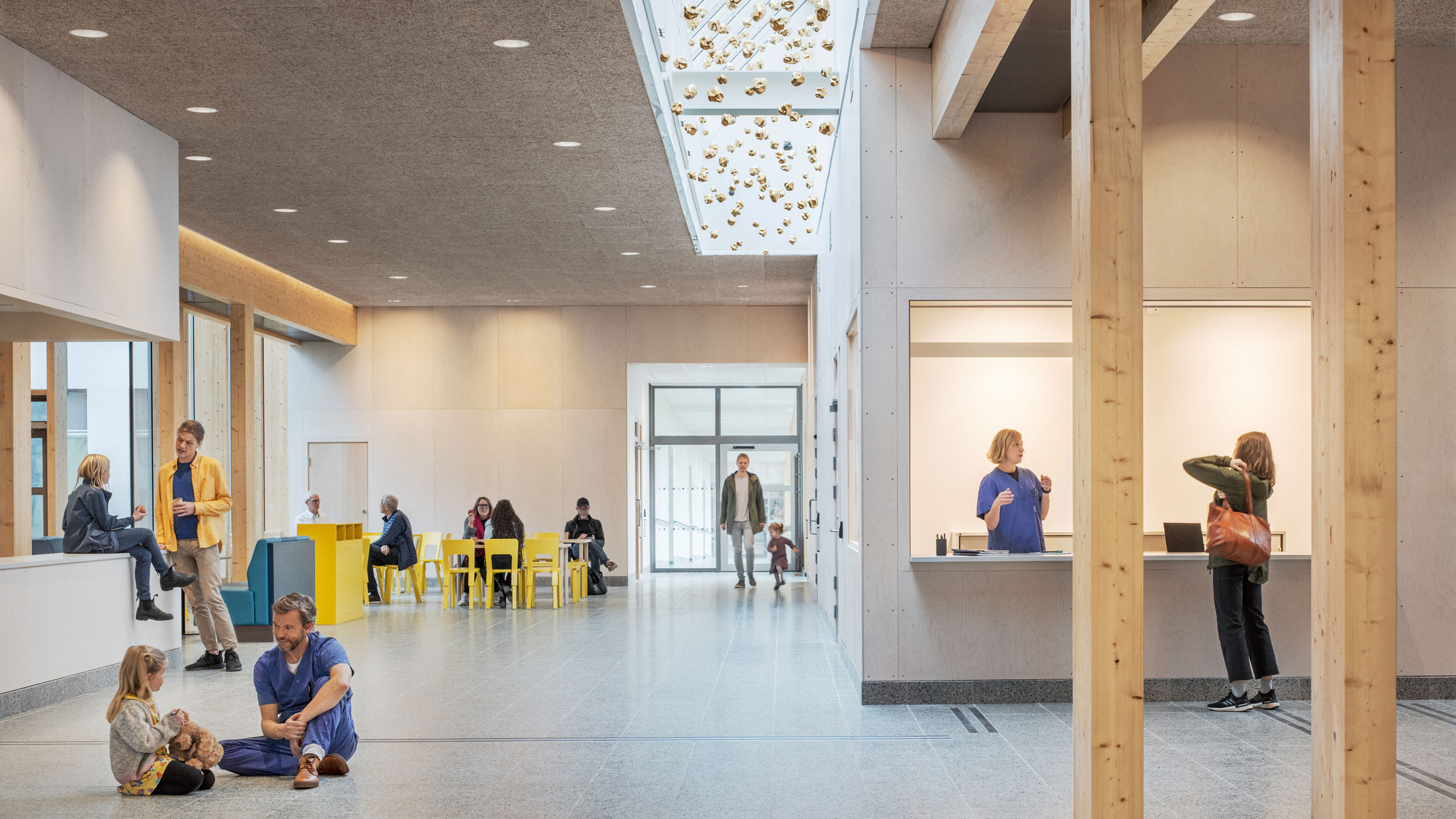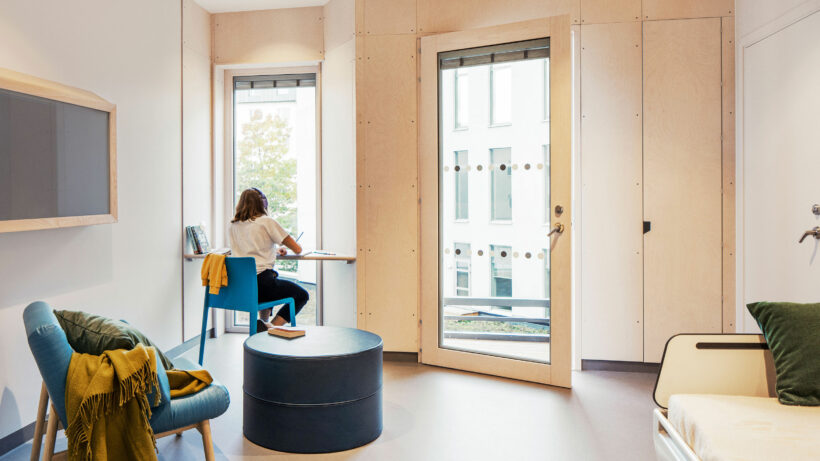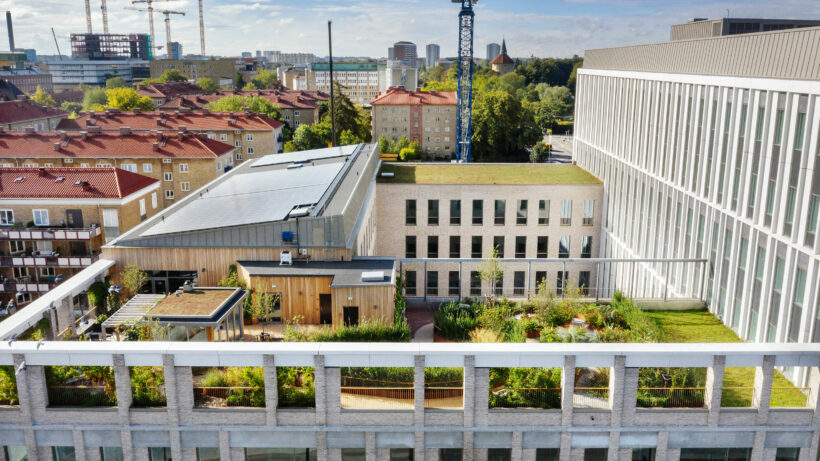
Watch our webinar on rethinking environments for mental health care
Over 500 people signed up for our digital roundtable on the subject of tackling stigma around mental health by rethinking the design and context of specialised facilities. If you were unable to join the event or would like to watch the discussion again, please find the recording below.
Health is a human right and an important driving force for social and economic development, however there is a long way to go in removing stigma around mental health. In last week’s digital roundtable, chaired by former White CEO Monica von Schmalensee, our panel of experts focused on the design of new generation psychiatric facilities from patient, architect, researcher and client perspectives and discussed the role of participatory design in increasing the therapeutic effectiveness of mental health facilities for the wider benefit of society. The webinar also included a pre-recorded interview with Stefan Lundin, partner at White Arkitekter, and service user Jan Devyr Lernbring at Östra Hospital’s Acute Psychiatry Ward.
The panellists were:
Dr Evangelia Chrysikou, lecturer at The Bartlett Real Estate Institute UCL
Cristiana Caira, partner and board director at White Arkitekter
Malcolm McFrederick, St Pancras Transformation Programme Director at Camden and Islington NHS Foundation Trust.
Key Takeaways:
- Geographical location of facilities is key to removing stigma around mental health. Increasingly, mental health care is being delivered in buildings blended into the fabric and community life of towns and cities.
- External appearance counts – facilities that look ‘institutional’ are intimidating to users and send out the wrong signals about mental health to the general public too (with one in five people experiencing mental health in their lifetime).
- Local, multidisciplinary facilities that combine mental and physical healthcare provision with social care are increasingly employed to promote holistic care models. In London the general healthcare trend is towards fewer sites located close to transport hubs that accommodate a greater range of integrated community healthcare facilities.
- Assimilating cafés and shops into mental healthcare buildings in prime city centres – perhaps run by service users themselves – can do a lot to reduce stigma around mental health. Similarly, integrating community facilities such as gyms and meeting spaces may help to break down defensive societal boundaries. As one service user put it: ‘We need to learn to live side by side’.
- An important benefit of co-location is shared entrances – integrating multiple user groups can be key to removing stigma on arrival and promoting a warm and welcoming environment. A simple architectural gesture such as blending the public realm with the entrance threshold can make a big difference.
- Co-design is the bedrock of therapeutic mental healthcare provision. One measure of ‘architecture as medicine’ is potentially a reduction in the length of inpatients’ stays – and ultimately cost. An effective marker for measurement would be beneficial.
- Balance of safety and surveillance is paramount and something that needs to be evaluated by the individual institution at the outset of design. The therapeutic benefits of balconies to individual rooms, allowing access to private outside space, for example, may in the round outweigh the risks.
- Clients may need to be persuaded to be pioneers. Positive innovation can be difficult to justify on a cost basis without prior evidence. An example are the wellbeing benefits of natural materials like wood for interiors. The spotlight is now on post-occupancy evaluation, which may need to be more tailored to user experience and the specifics of the project.
- Evidence-based design is, rightly, highly valued in healthcare but may tend to focus strongly on service delivery and operational efficiencies. Design experimentation needs to be valued too – particularly in relation to its potential to remove stigma and create environments for mental wellbeing. Models for evaluating healthcare architecture in general need to be refined.
- Learning from other cultures and societies is important in the battle to destigmatise mental health. At the outset of a project staff and service users alike may need to be encouraged to see ‘the art of the possible’ through exploring exemplar projects from elsewhere in the world. However, it’s also important to bear in mind that societies have very different cultural perceptions around mental ill health.
- Daylight is known to be key to therapeutic environments. New digital design tools are invaluable in modelling daylight against design factors including layout, orientation, space efficiencies, staff sightlines and environmental factors.
- As architects it’s important to remember that design for mental health isn’t limited to the design of hospitals – it applies to the whole of the built environment. There’s plenty of work to be done in our cities, schools, housing and public realm to support people’s mental health before they become unwell.
During the webinar, we received a lot of good questions from our listeners – thank you! While some of them where answered during the webinar, we’ve put up a Q&A on the questions that we didn’t have time to answer live. You can find the Q&A with expert Stefan Lundin here.

A healthy questioning of psychiatric environments
Mental health problems are on the rise in Sweden. But shouldn’t the awareness that environments contribute to our well-being and promote recovery apply to psychiatric patients too? And can architecture help to reduce the stigma and prejudice? Read more »
Read more
How we create good healthcare environments
When we design healthcare environments, we apply the latest findings about the significance of buildings for staff well-being and patient recovery. By combining the evidence of research with our experience, we are guided in our design choices towards the best solutions. Read more »
Read more